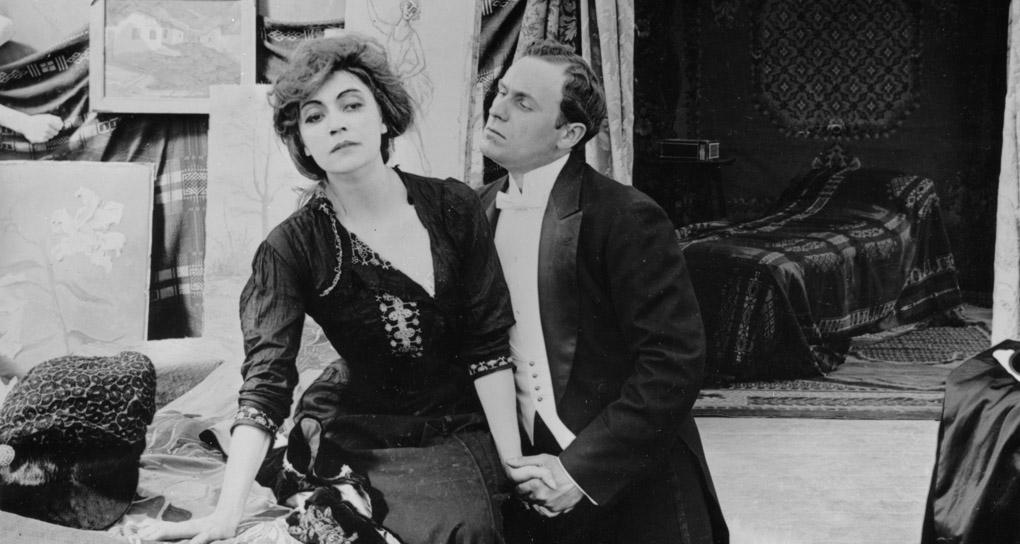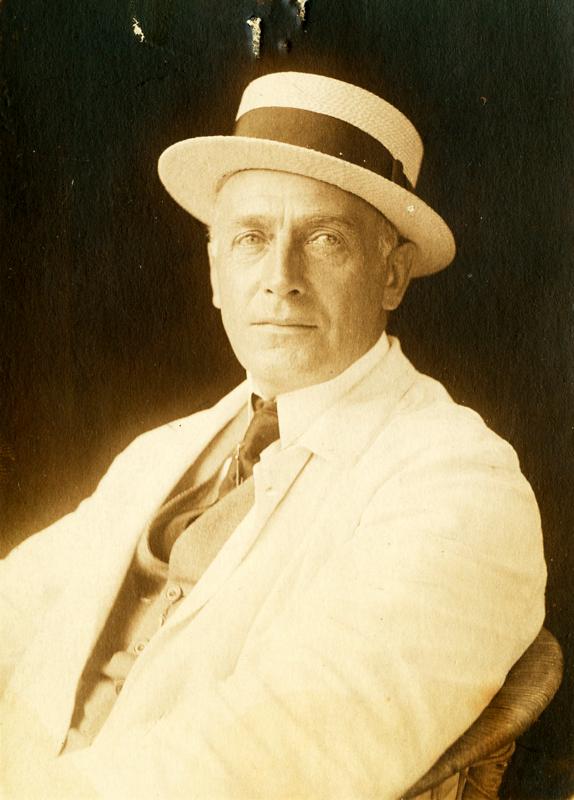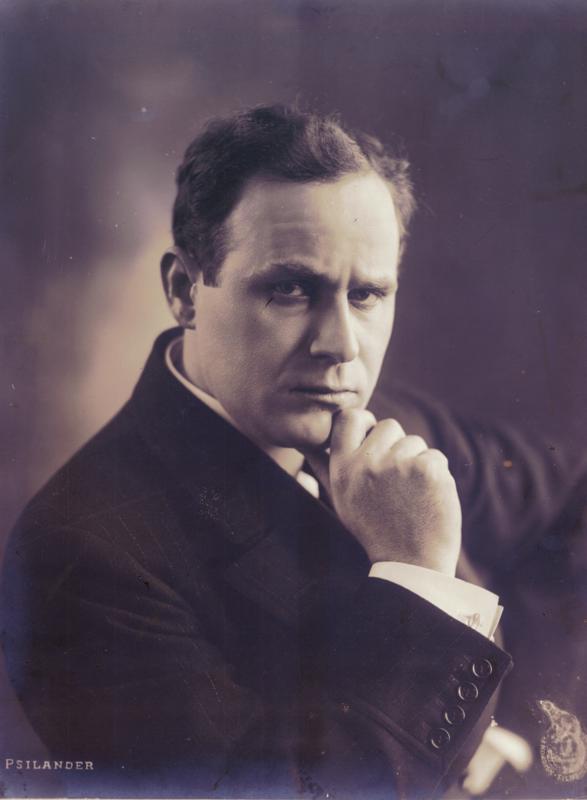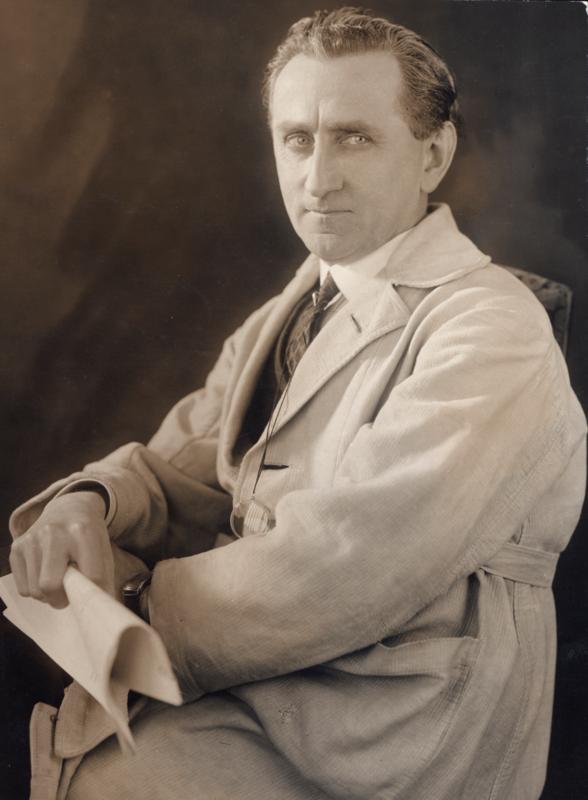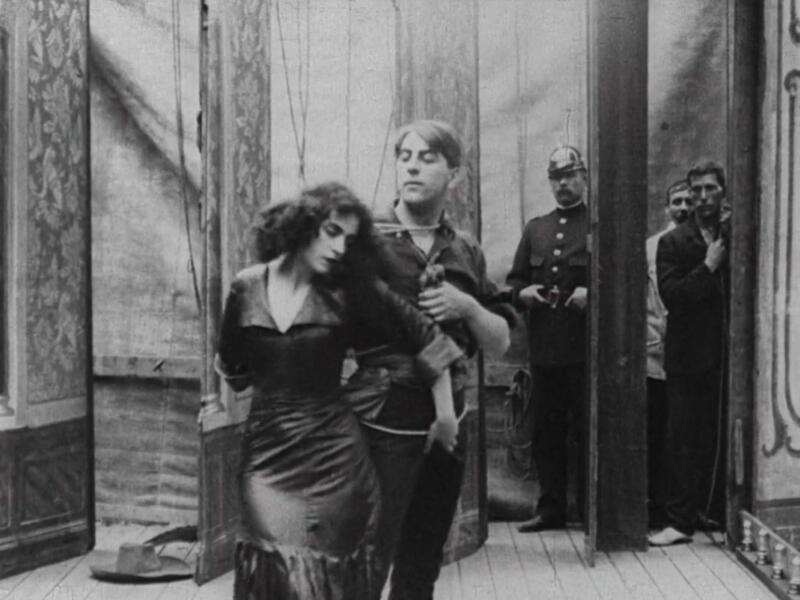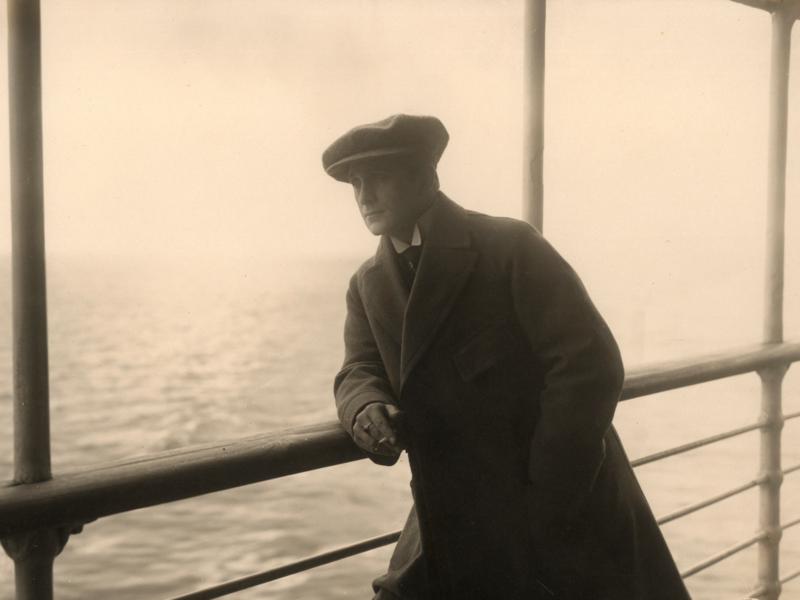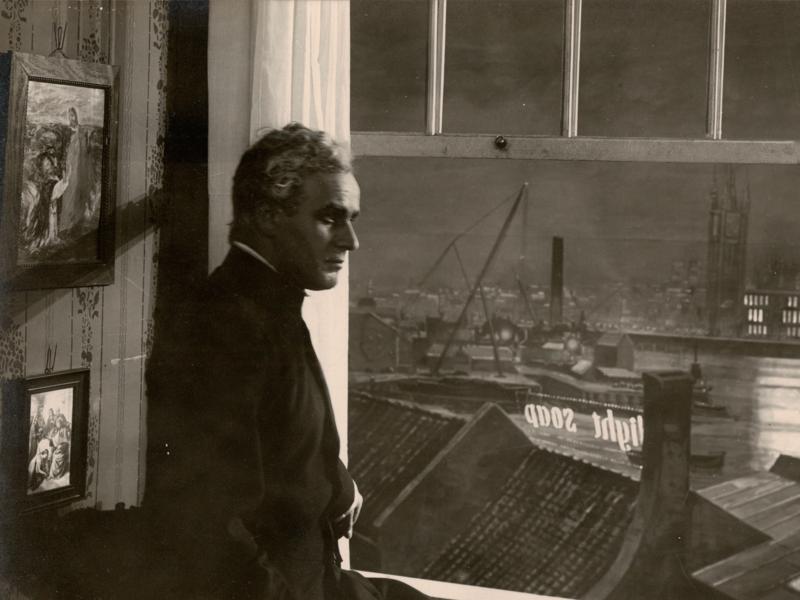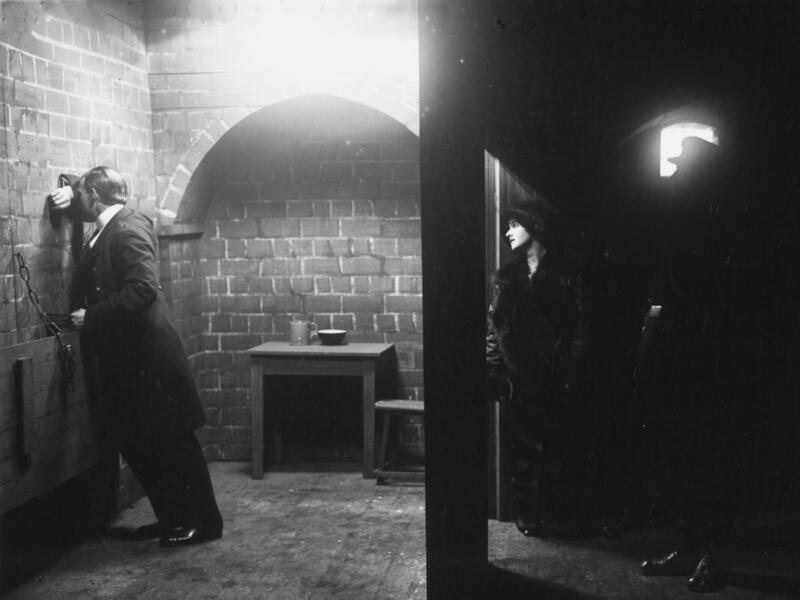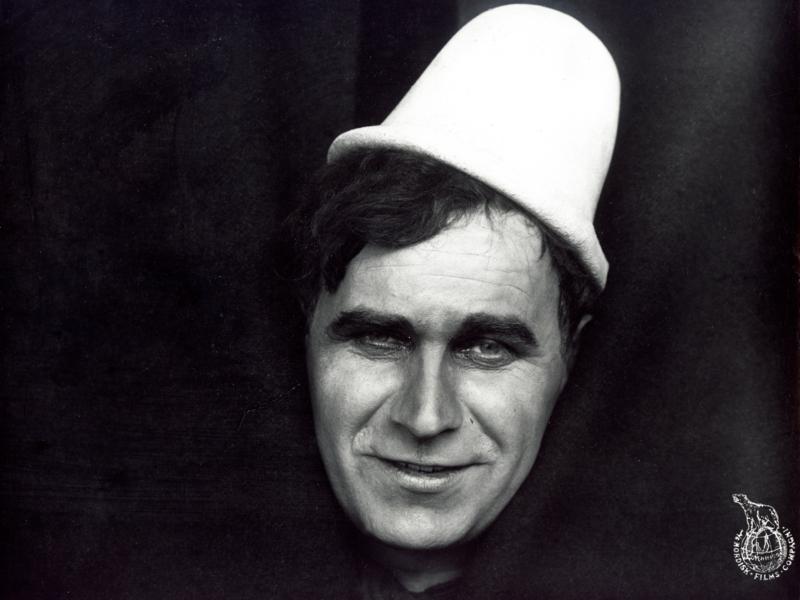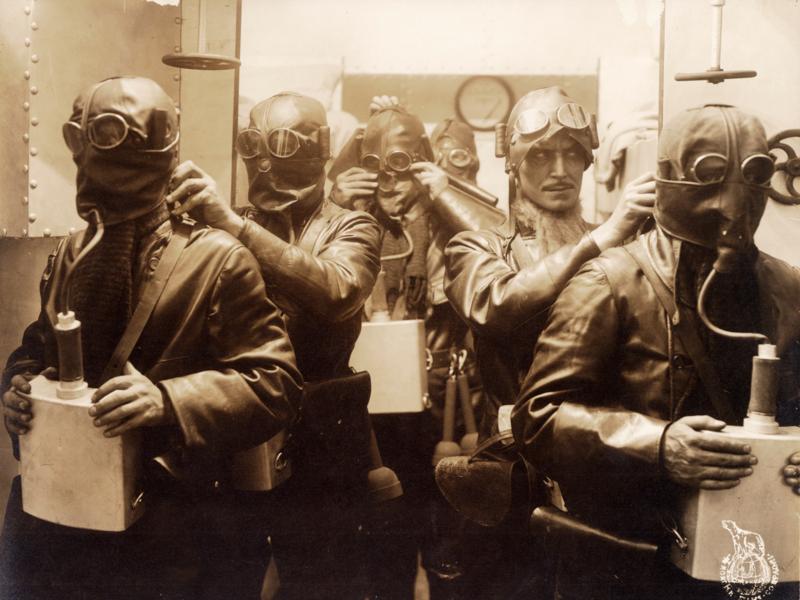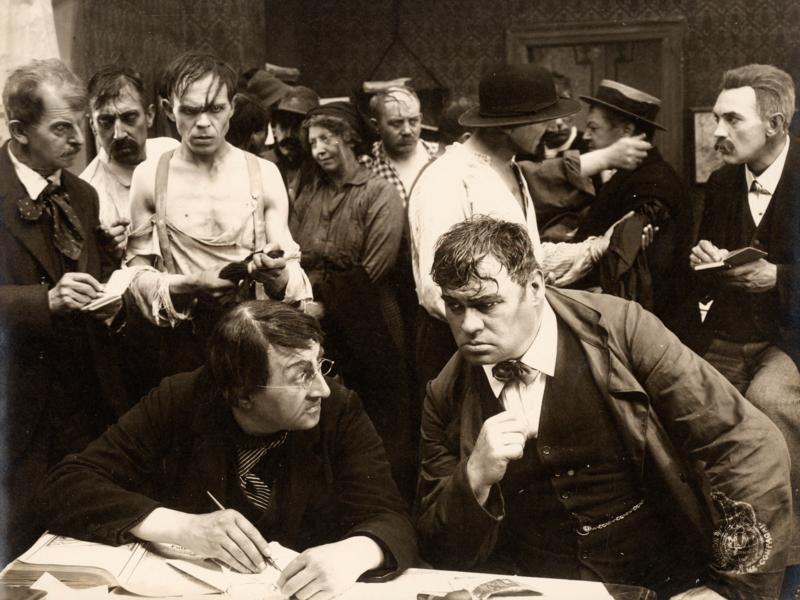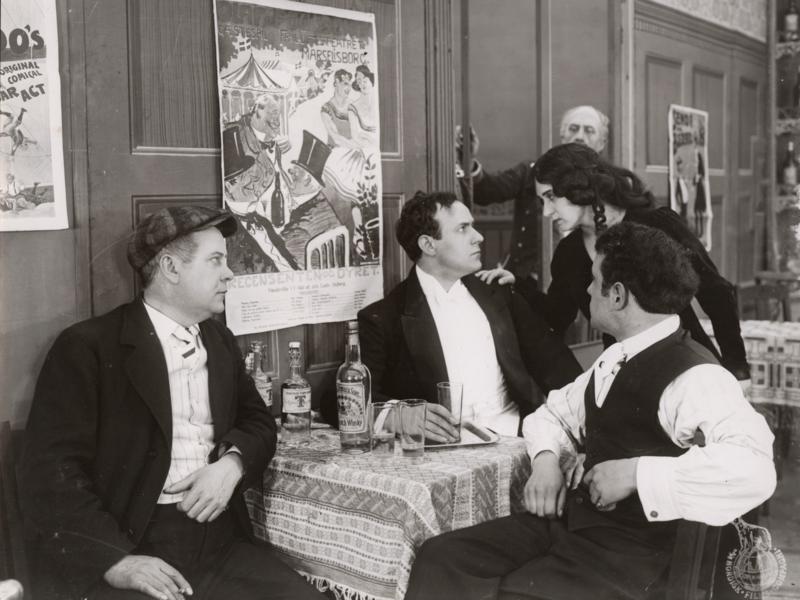Age of the melodrama: August Blom and Benjamin Christensen
The lead director for Nordisk Film after the breakthrough of longer films was August Blom.
He expanded into the dominating genre of the time, the melodrama, often with an erotic theme. He made the remake of The White Slave Trade (1910) as well as The Temptations of a Great City (1911), and most importantly, the ambitious, internationally oriented epic Atlantis (1913), an artistic melodrama based on the Nobel prize winner Gerhart Hauptmann's novel about an Atlantic Ocean steamship's dramatic shipwreck. The novel was not inspired by the sinking of the Titanic, but the actual event undoubtedly contributed to the company's gamble on the epic and expensive production, which disappointed both artistically and commercially. The movie was impressively filmed by cinematographer Johan Ankerstjerne (whose film laboratory, founded in 1932, went on to be Danish cinema's leading). Other films of note from the period include Eduard Schnedler-Sørensen's circus melodrama The Great Circus Catastrophe (1912), an example of one of the period's typical ‘sensational films,' and Holger-Madsen's drama of redemption The Candle and the Moth (1915).
The period's leading Danish director was Benjamin Christensen who, for other production companies, made three striking films. Sealed Orders (1914) was a spy story, which offered outstanding filmic storytelling, especially in the scene where the villain is locked in the basement of a windmill and can't get out. Blind Justice (1917) was a criminal melodrama influenced by Victor Hugo's novel Les Misérables. The Swedish produced Häxan (1922), filmed in Denmark and one of film history's most original works, was a mixture of cultural history slide show and historical reconstruction of the history of witchcraft from the Middle Ages to the present, but provoked much contemporary indignation.
The first stars: Valdemar Psilander and Die Asta
Notably two Danish actors reached stardom, also internationally, during the silent film period.
The leading male actor was Valdemar Psilander, who excelled at playing the melancholy male who falls for erotic or criminal temptations in melodramas such as Temptations of a Great City (1911) or throws himself into the dark hands of fate in 'sensational films' such as The Great Circus Catastrophe (1912) or The Clown (1917). He was Nordisk Film's highest paid actor from 1911 to 1916 and was able to establish his own company shortly before his untimely death in 1917.
The most famous actress of the period was Asta Nielsen.
Her debut in Kosmorama's The Abyss (1910), directed by her later husband Urban Gad, shined with her intense and psychologically realistic acting. It was a melodrama about a young woman, engaged to the son of a vicar, who runs off with a faithless circus entertainer and ends up killing him.
Unfortunately for Danish cinema her success led her, and her husband, to quickly leave for Germany, where she — applauded as Die Asta — had a big career with many varied roles (including the leading part in 'Hamlet', 1921) all the way through to the late 1920s, She only made four Danish silent films; in The Ballet Dancer (1911) she co-starred with Psilander.
War and Peace: World War I and Danish film
The First World War meant a drastic change for Danish cinema; access to the European market became complicated. However, there were also benefits; for example, the Germans banned French and English films. Nordisk Film was able to take advantage of this, until they were forced to sell their German assets to the new national film combine UFA, established in 1917.
After this Nordisk Film focused on big, expensive productions that were expected to achieve international interest. They produced a series of ambitious films with pacifist and social themes. This included August Blom's The Flaming Sword (1916), in which a comet strikes the planet, as well as the pacifist A Trip to Mars (1918), a science-fiction film about a space trip to visit the peace loving Martians, and the politically charged A Friend of the People (1918), both directed by Holger-Madsen.
In 1911 the Victoria Theatre opened in Copenhagen, the first purpose-built Danish cinema. The following year executive manager Sophus Madsen opened Palads Teatret in Copenhagen's former central train station; with its 3000 seats it was northern Europe's largest movie theatre. In January 1918, it was replaced by a new building on Axeltorv, still a major cinema today.
Read more about the films
